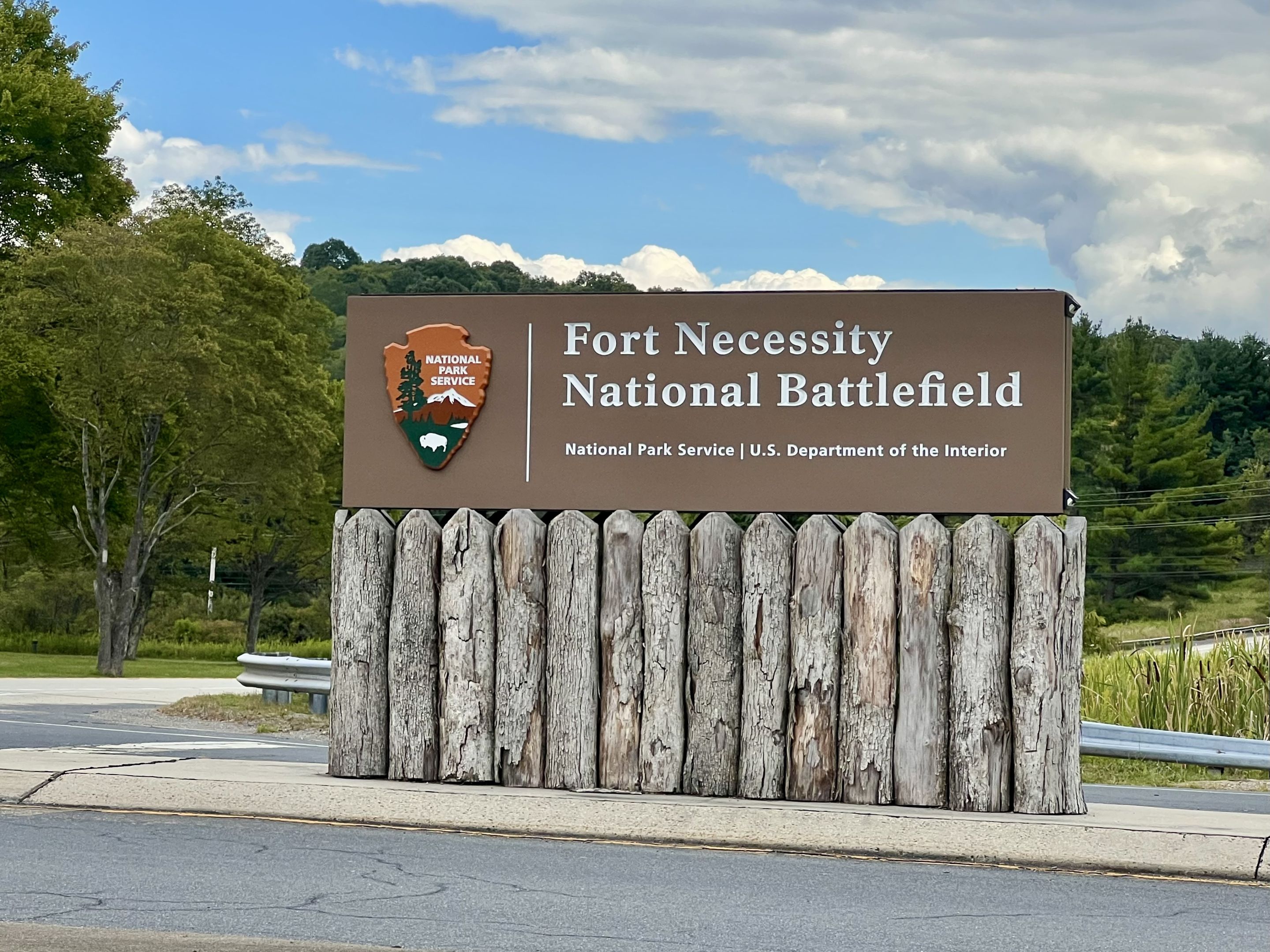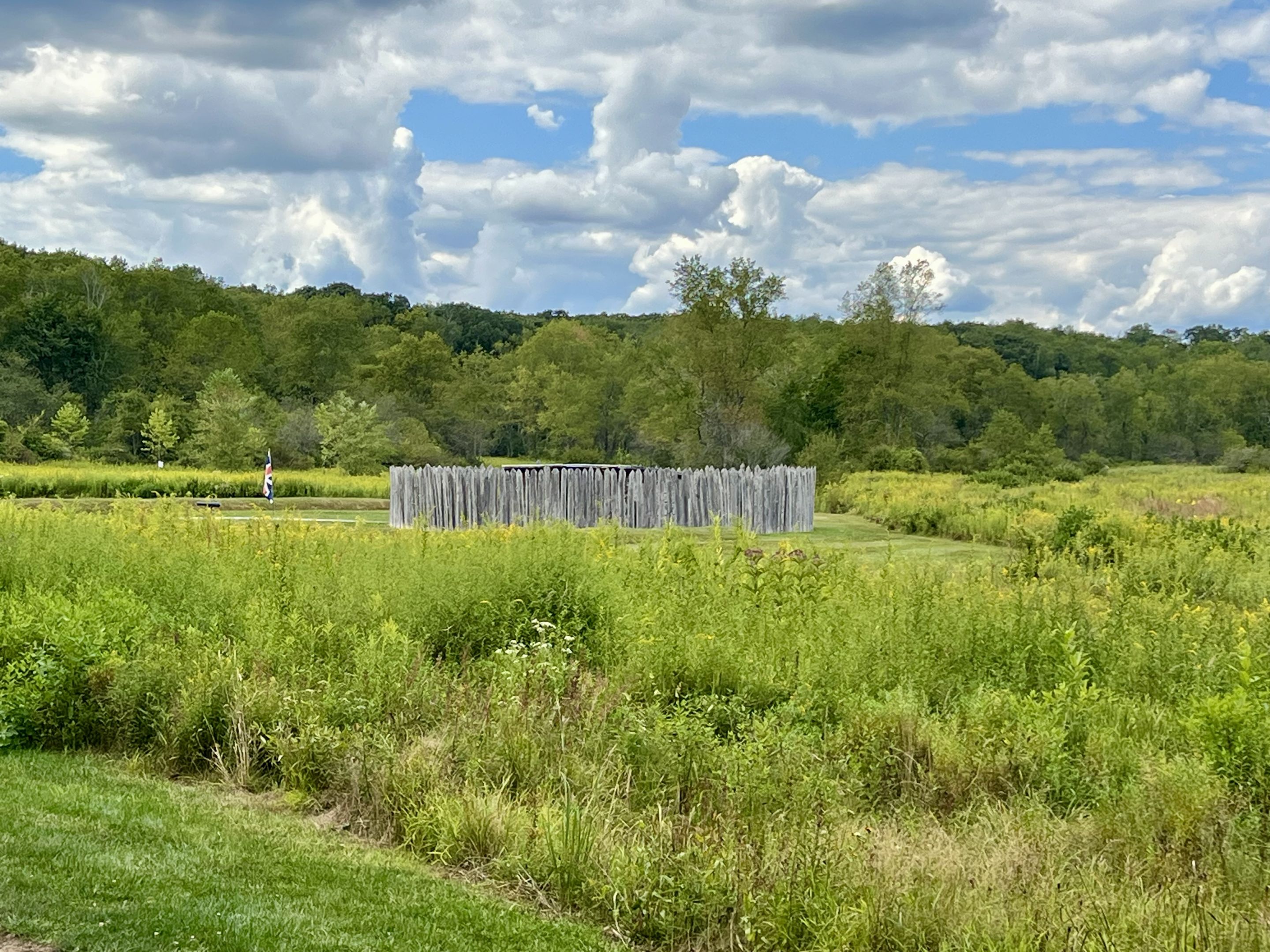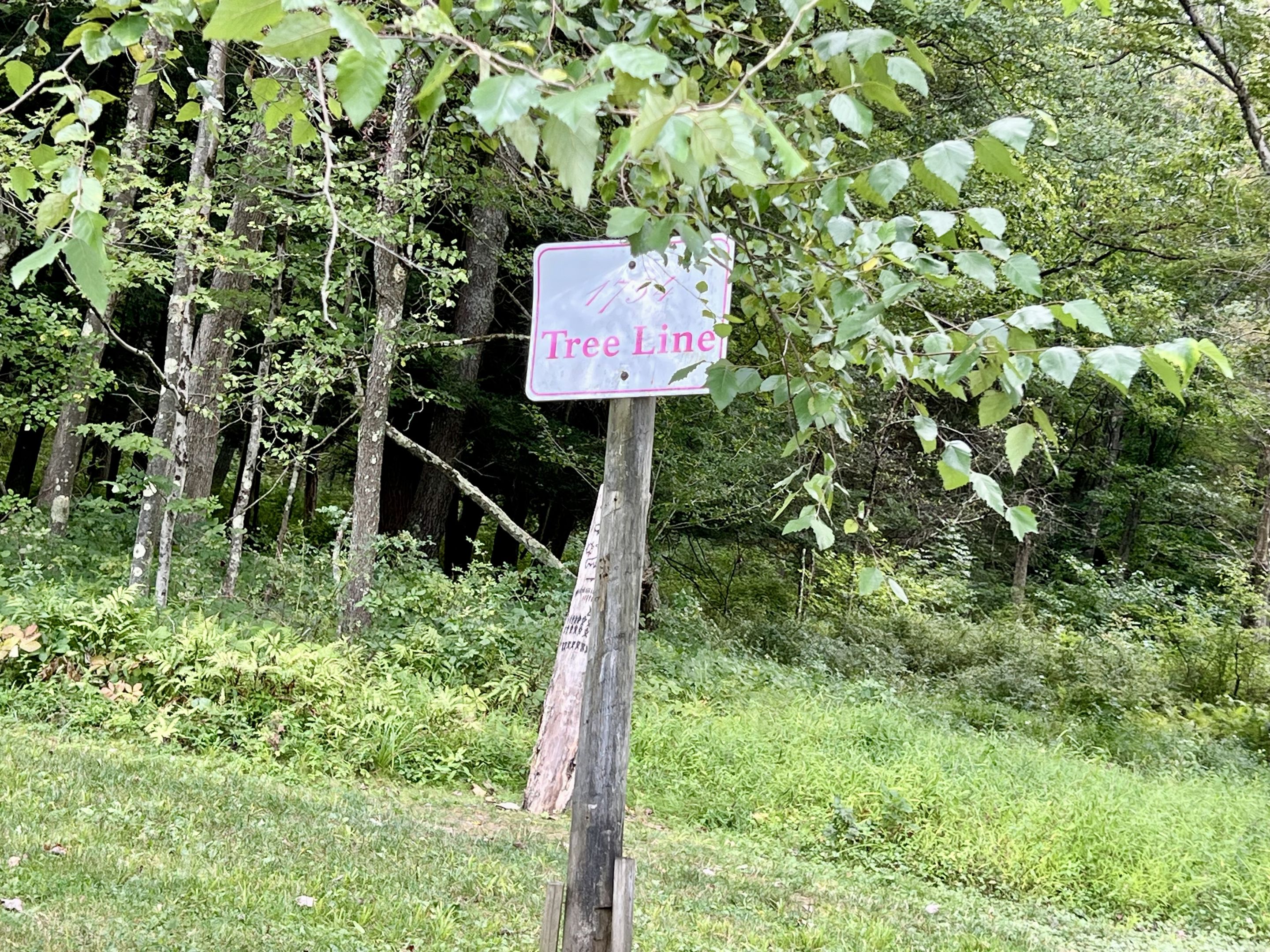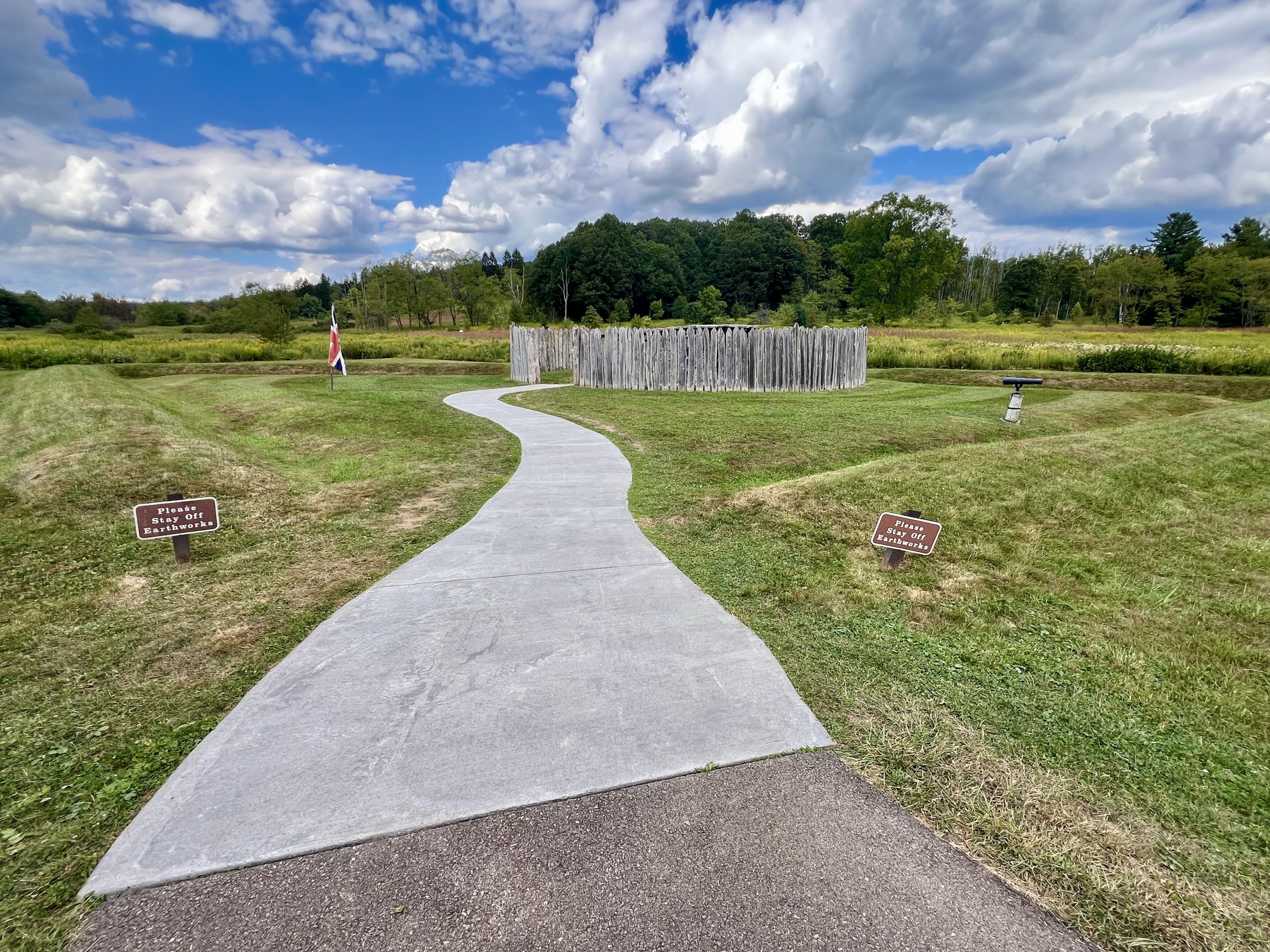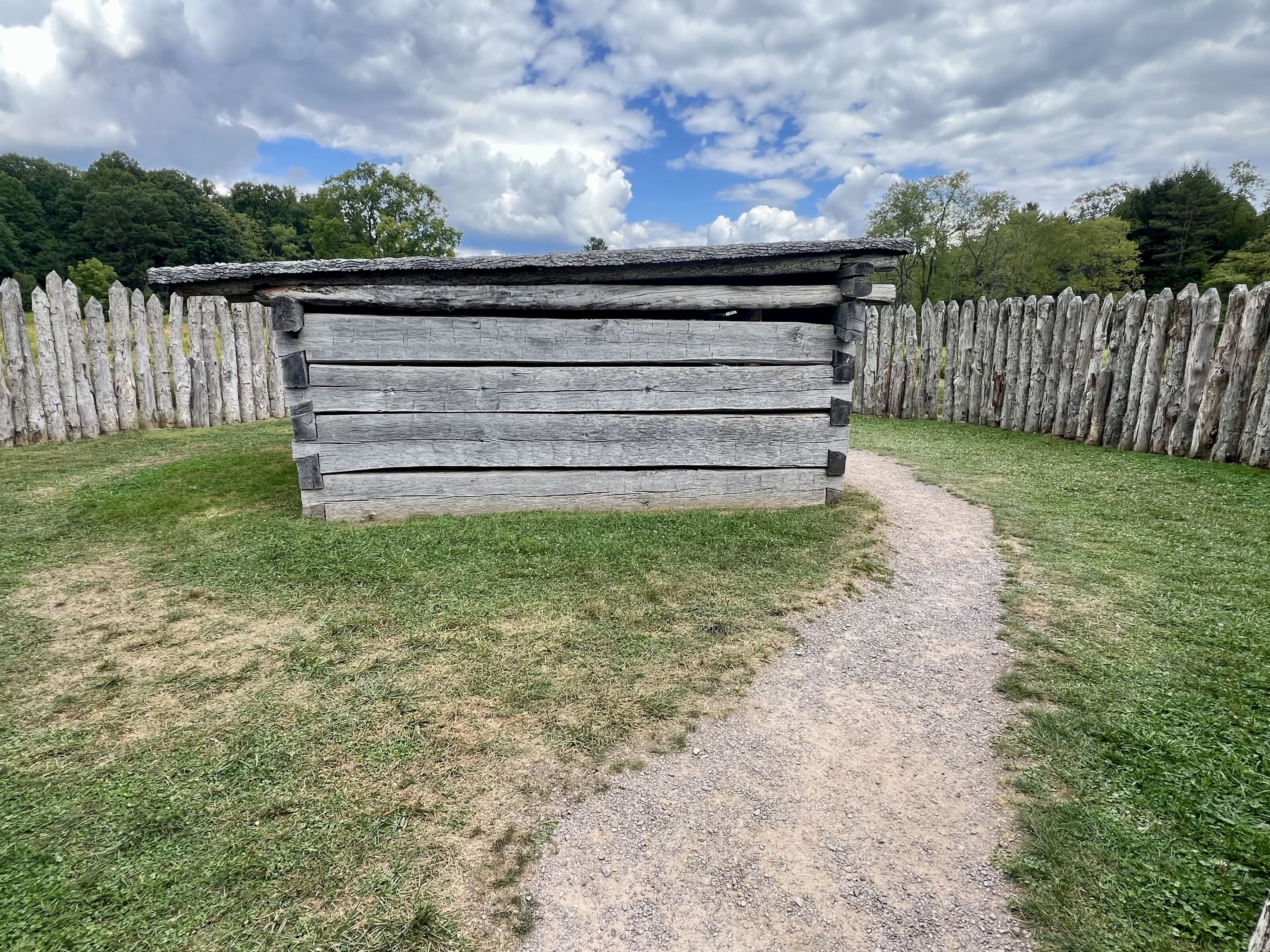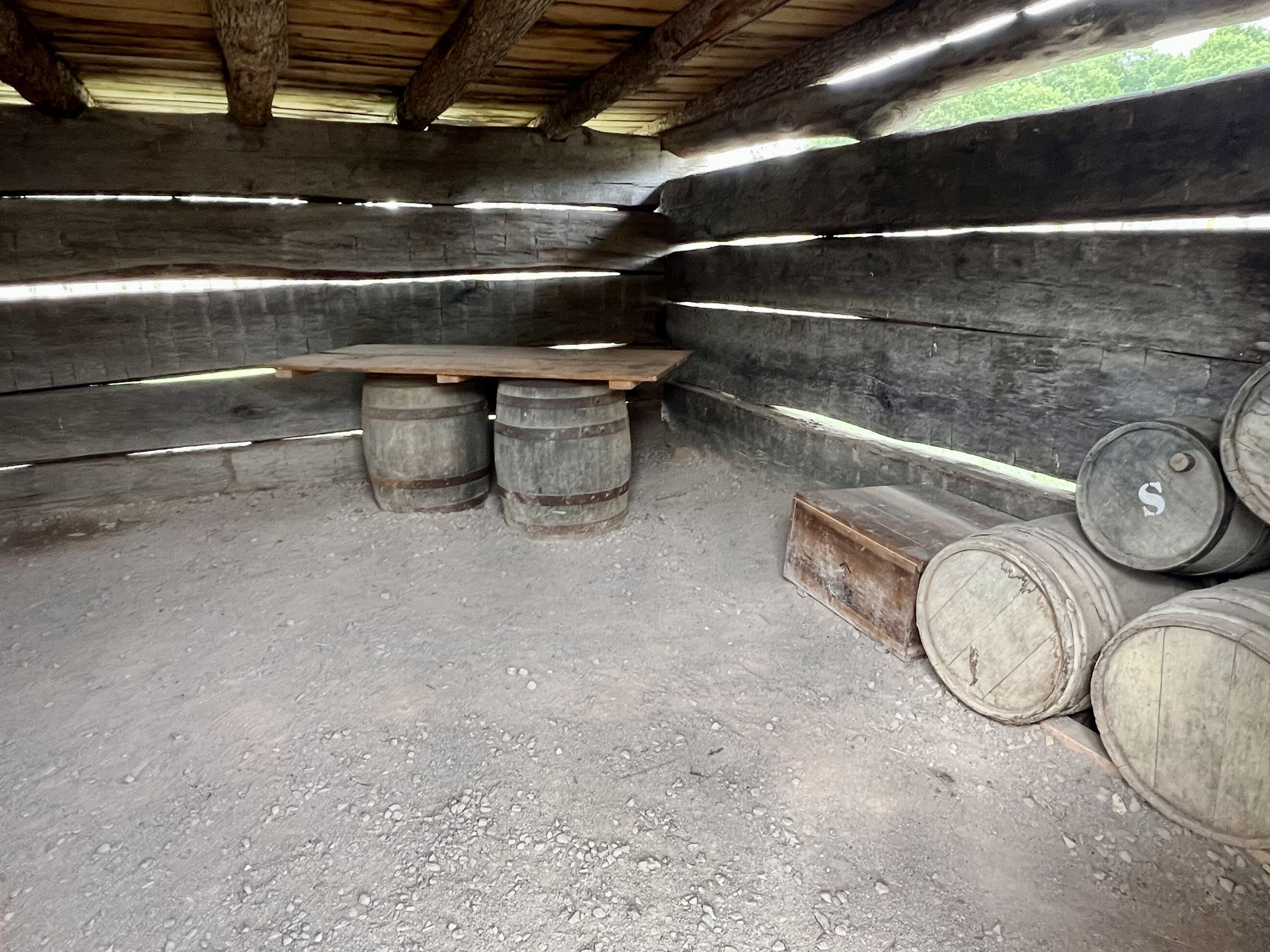Friendship Hill and Fort Necessity - another 2 NPS sites

This was definitely a NPS-focused trip so I can mark off a bunch of NPS units, and this day was a three-fer. Friendship Hill NHS and Fort Necessity Nat'l Battlefield were the first two parks up for the long day of NPS sites. I found them both more interesting than I was expecting, mostly because they had history that I wasn't aware of already. First up on the itinerary was Friendship Hill NHS.
Friendship Hill NHS
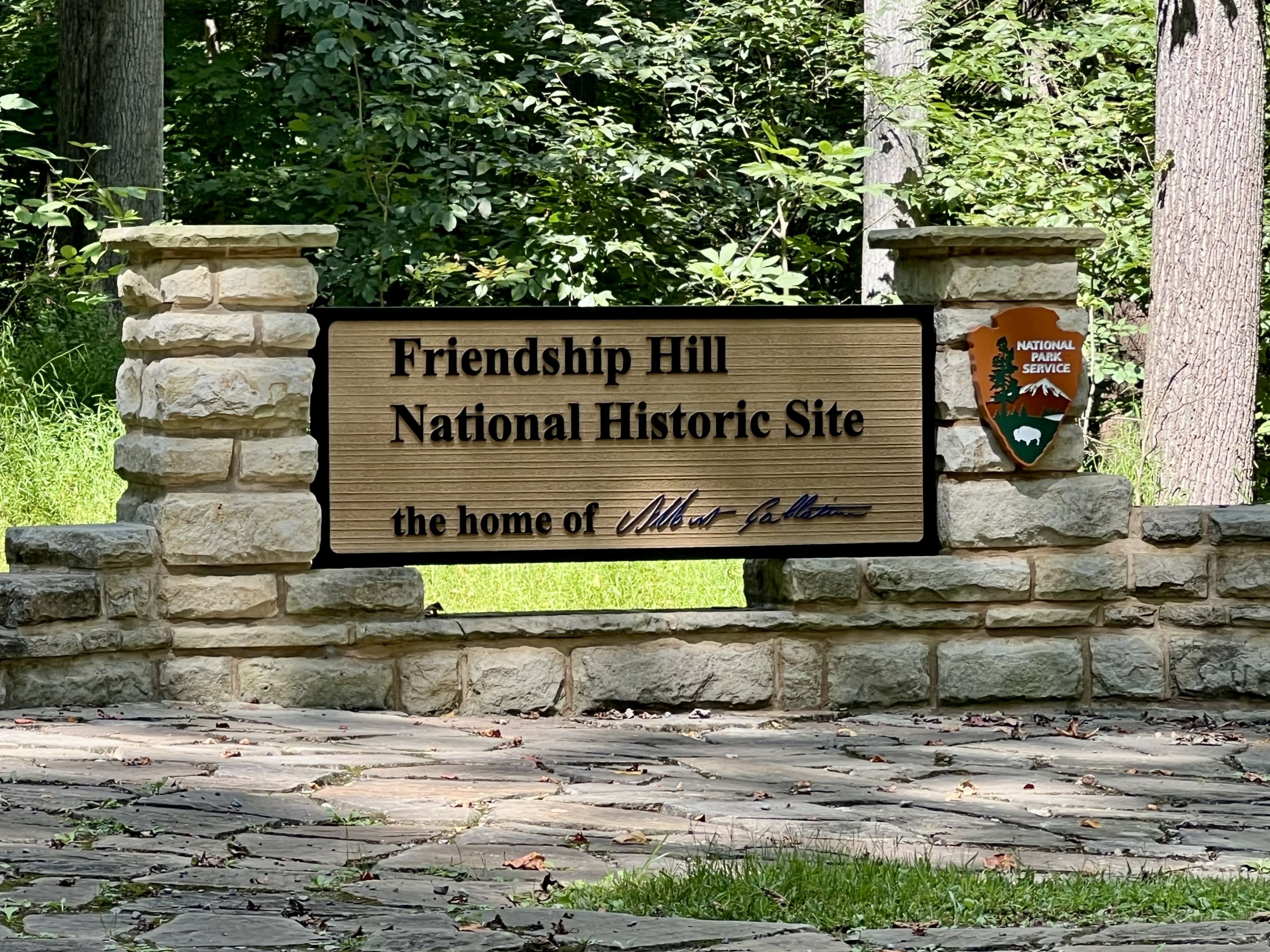
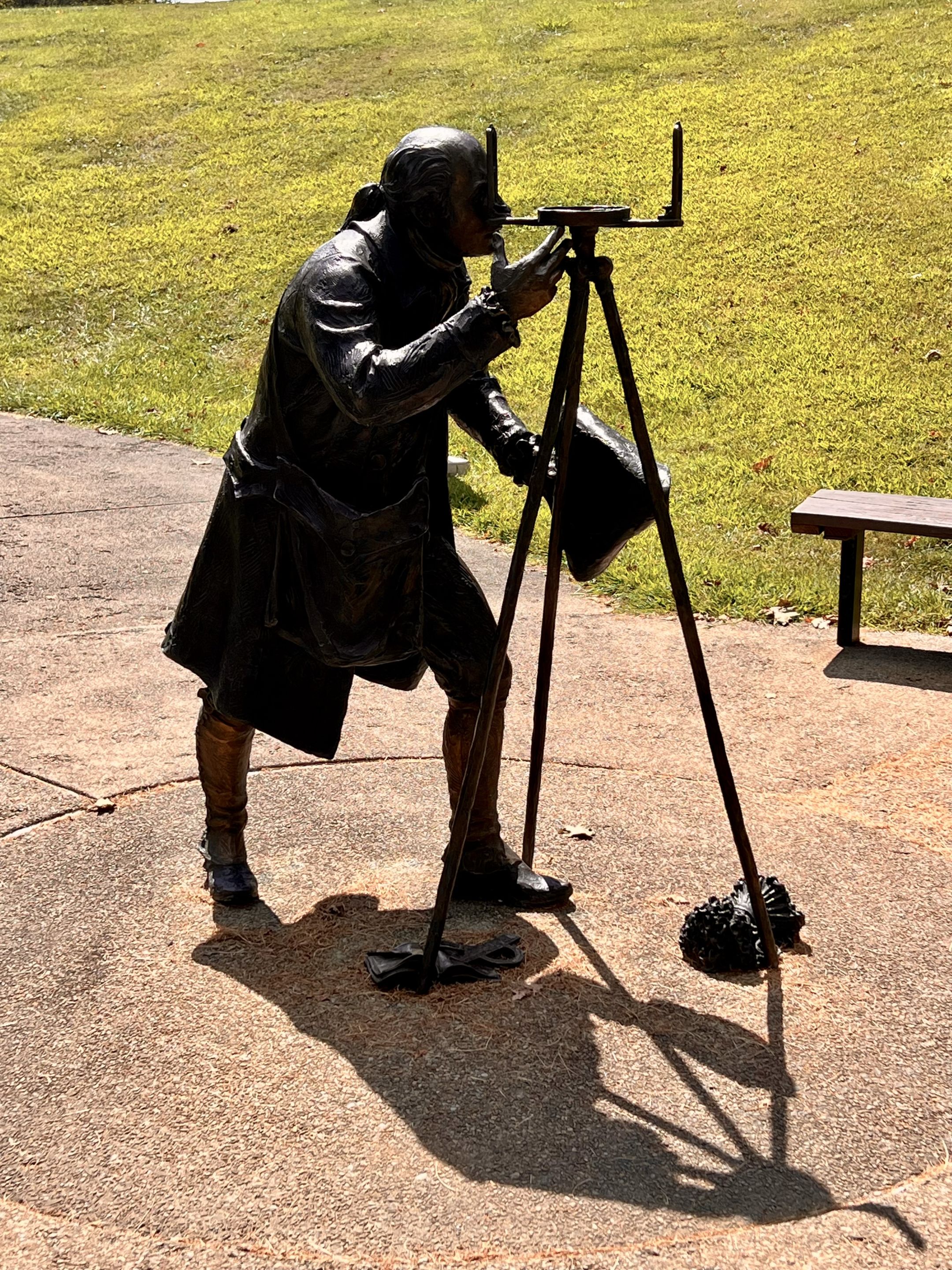
This was a house owned by Albert Gallatin, a Congressman, diplomat, and Secretary of the Treasury. What I found most interesting about him was his role in the Whisky Rebellion. In 1791, the U.S. Congress passed a whisky excise tax. The farmers on the "western frontier" (western Pennsylvania) thought the tax was unfairly targeting them, especially when they felt underrepresented. The farmers protested, often refusing to pay the tax and threatening the wellbeing of the excise officers. It was such an issue that President Washington had to send the militia to quell the uprising. Gallatin was a voice of reason during this tumultuous time, eventually proposing a peaceful way forward that eventually got him elected to Congress.
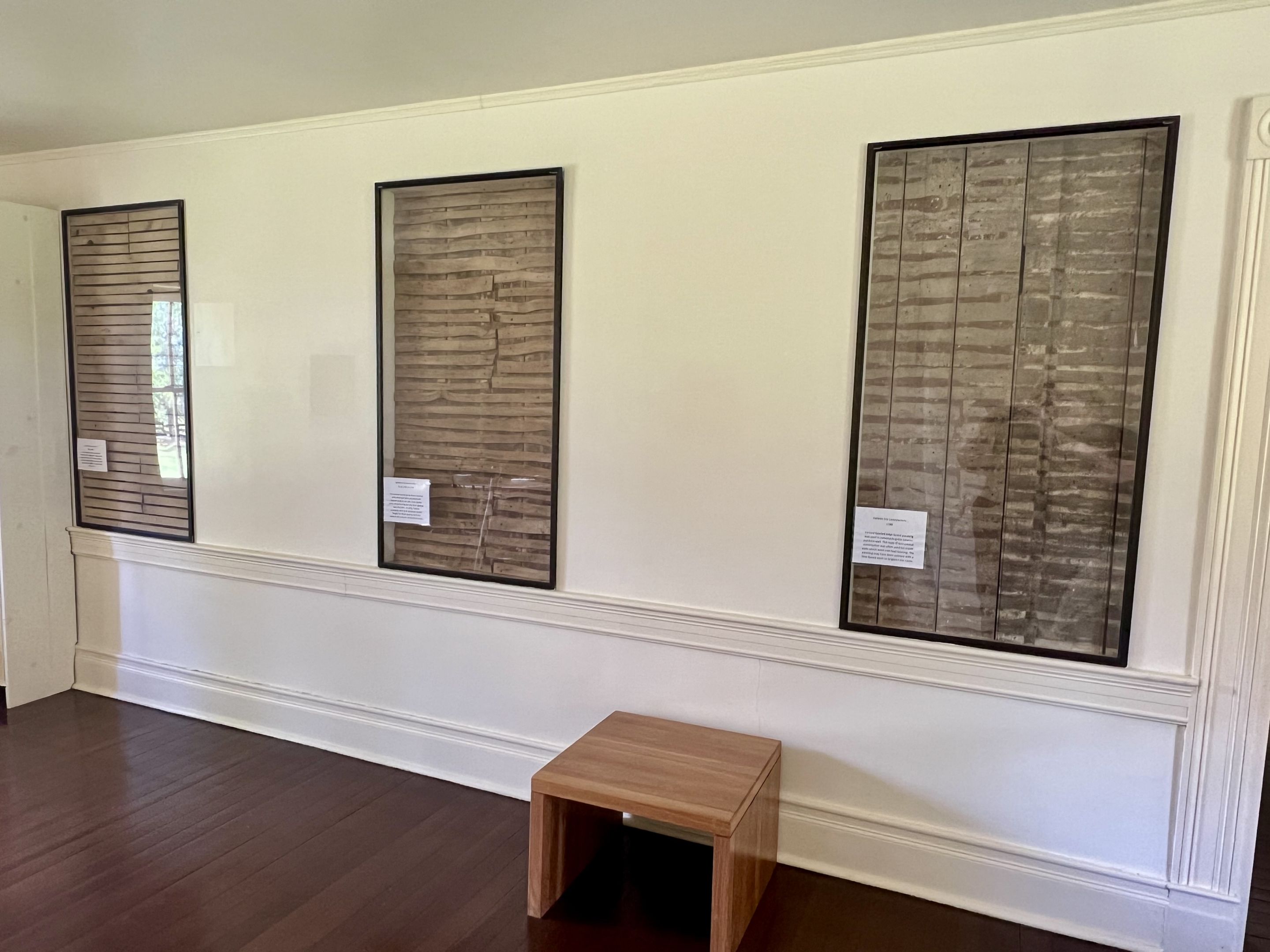
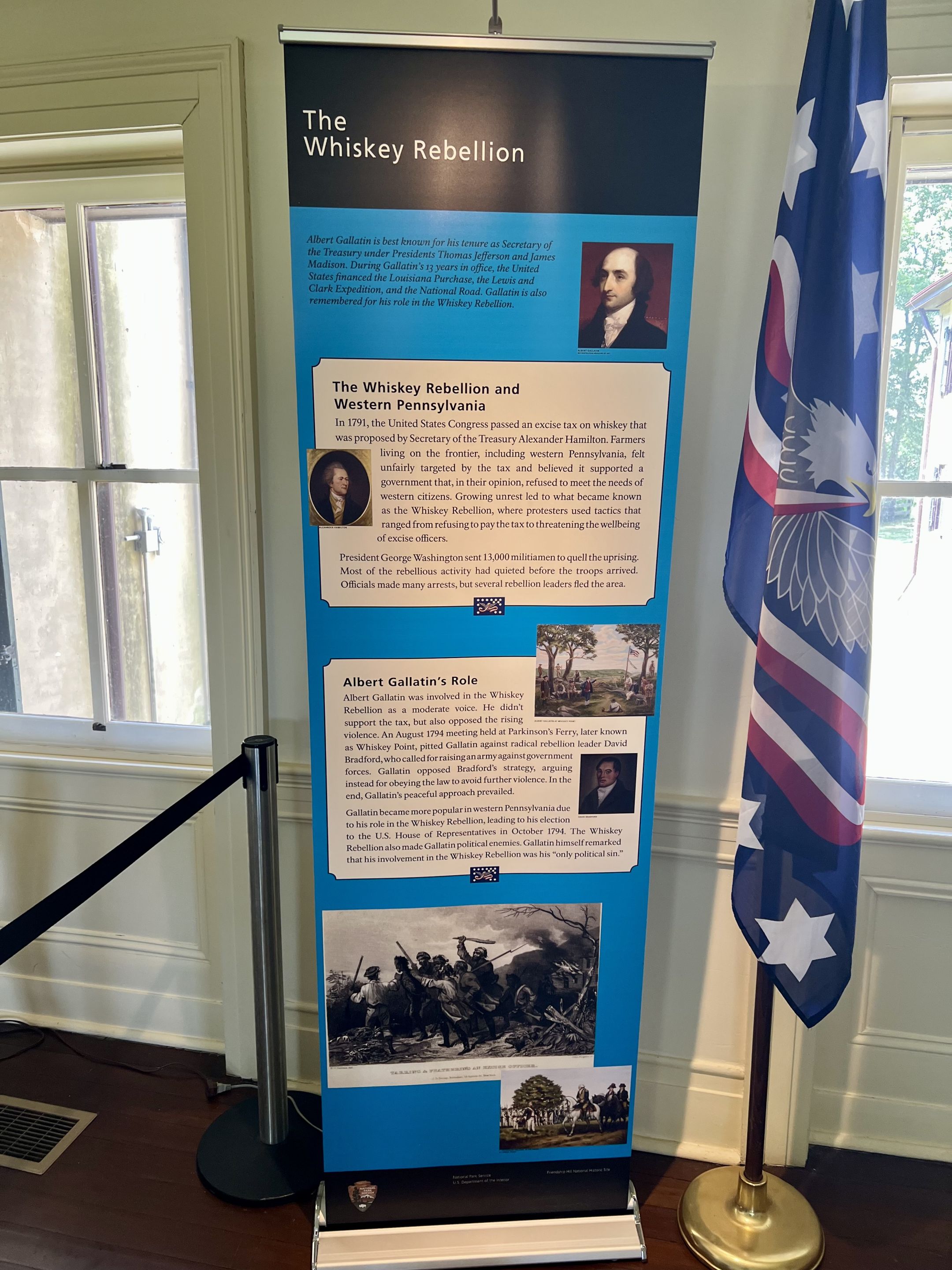

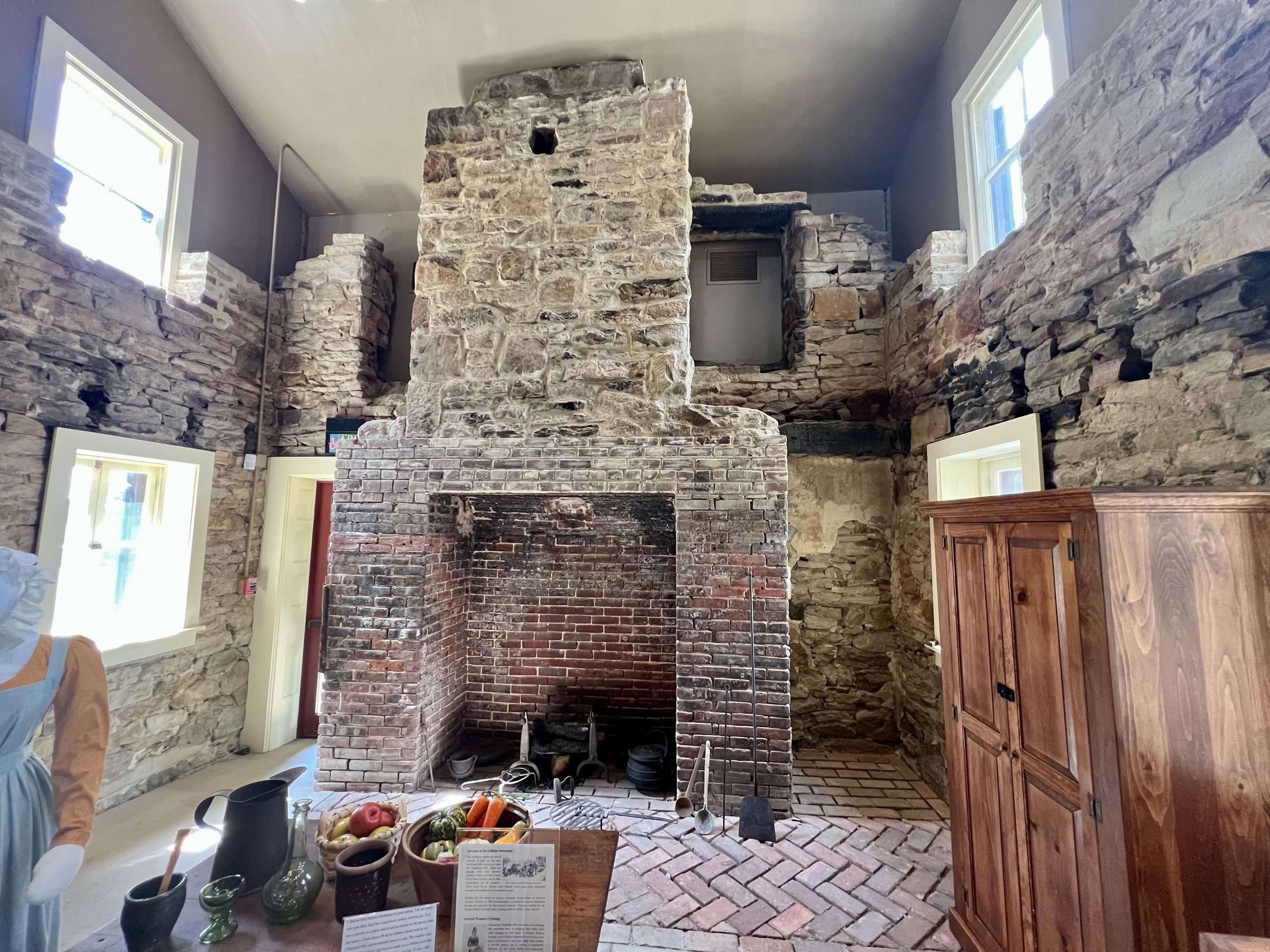
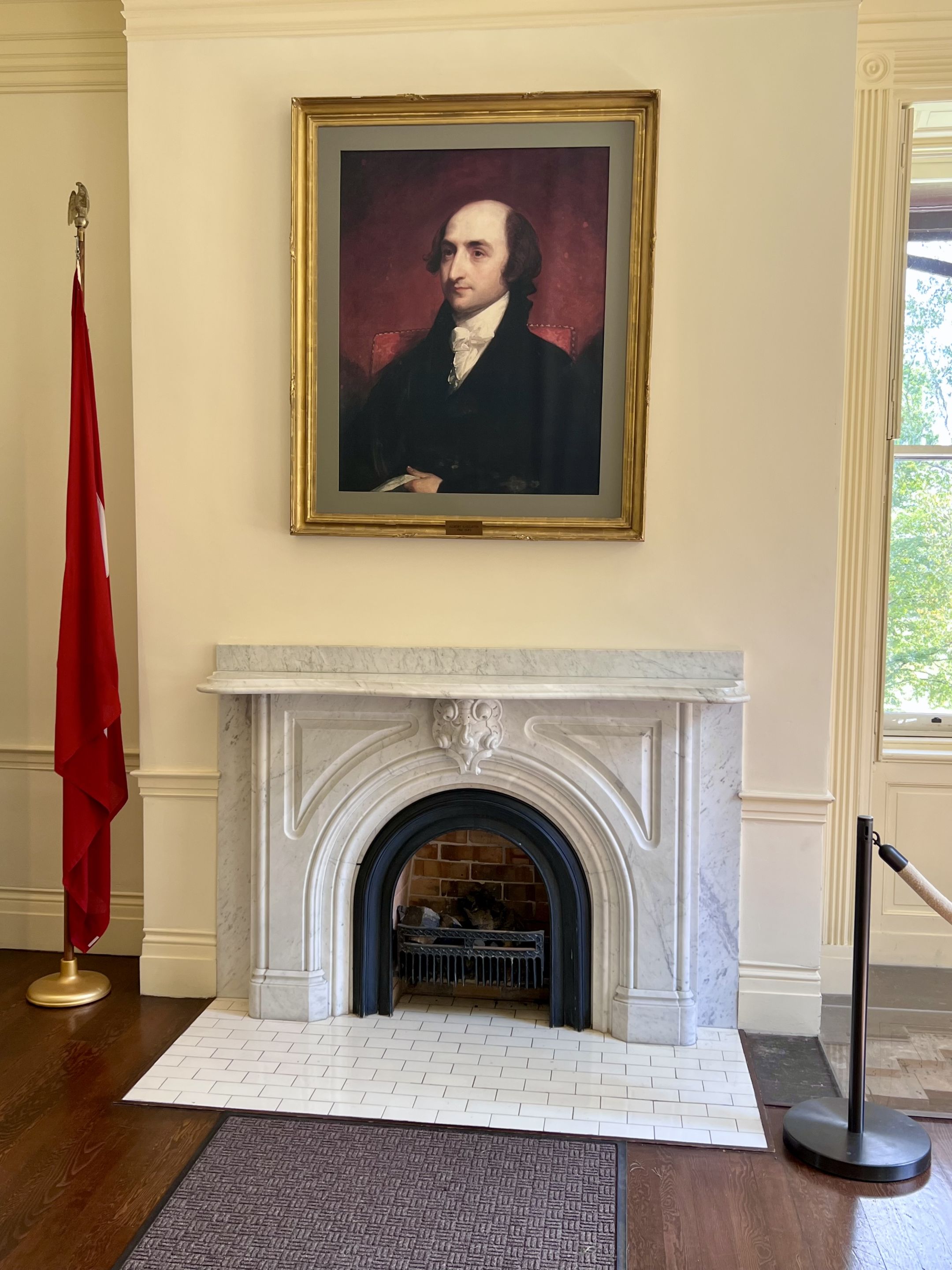
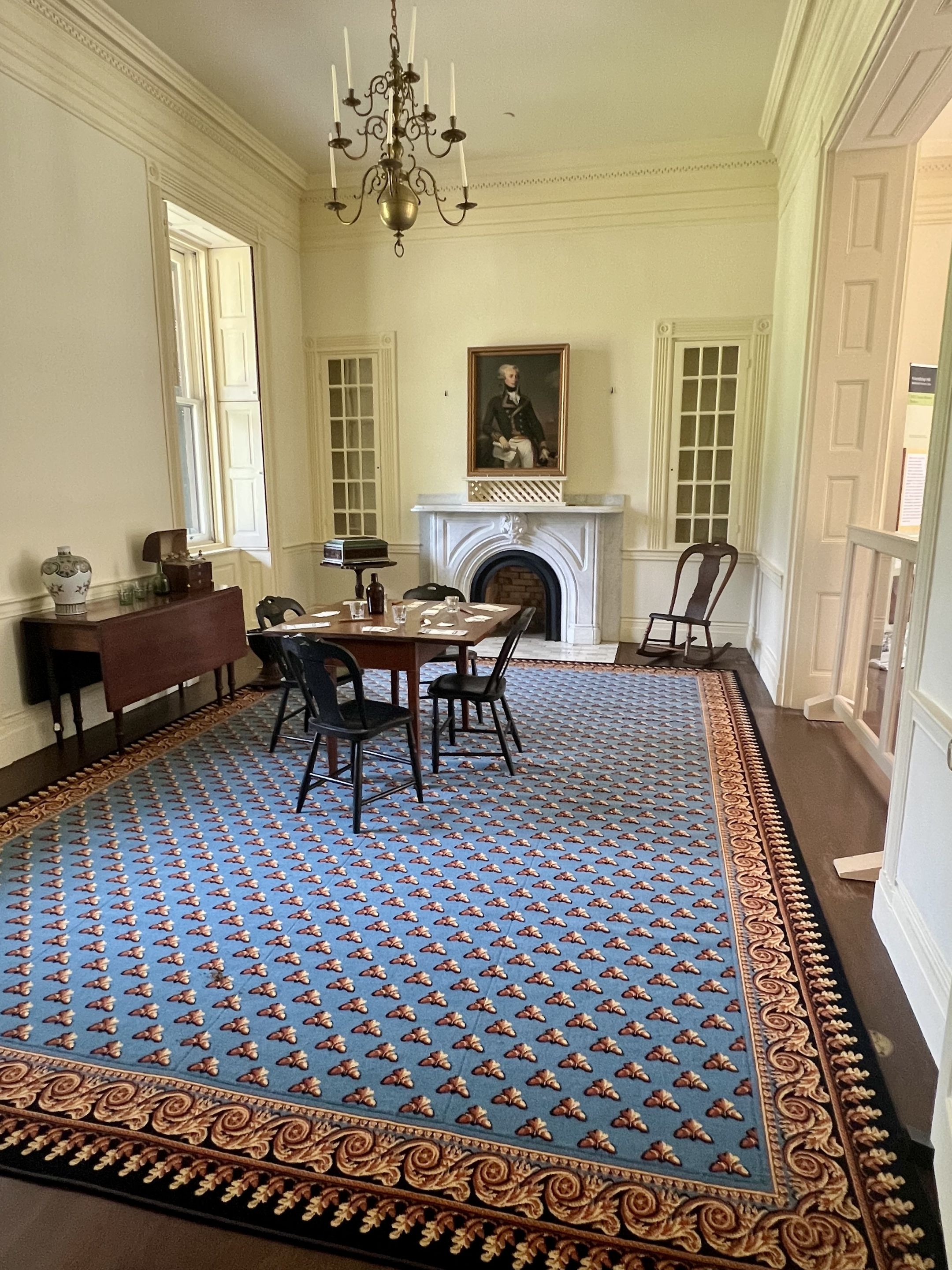

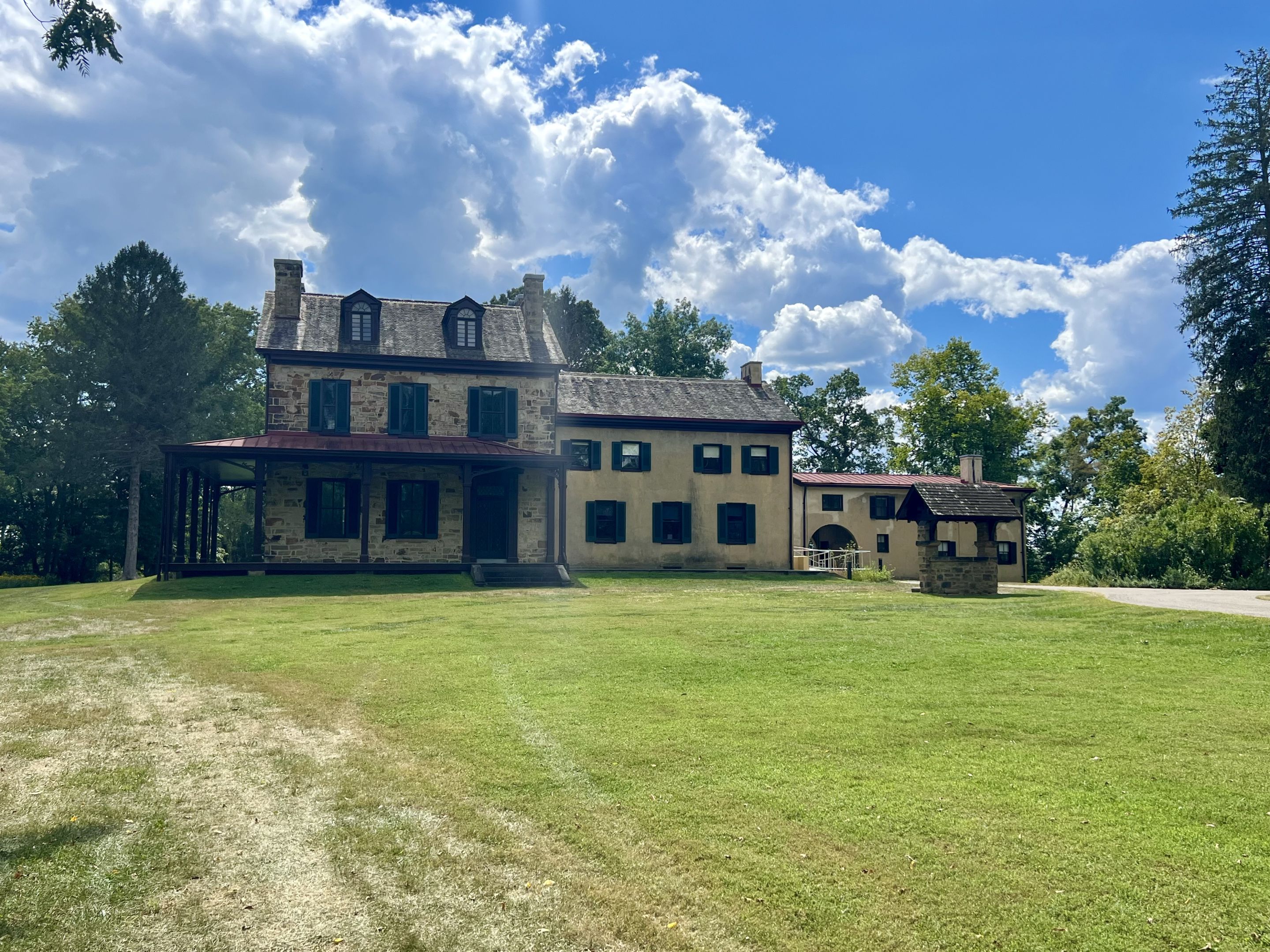
I found the house to be really pretty and a bit fun to explore. The kitchen is the original kitchen from Gallatin's time, with very little restoration done. You can also see the original lath behind glass, from several different time periods.
Gallatin spent very little time here, as he and his family lived mostly in Washington. One interesting fact (or litany of facts) is that Gallatin found a way to carry out the Louisiana Purchase, fund the Lewis and Clark expedition, build the national railroad, and fund the War of 1812, all without raising taxes or creating new taxes.
Fort Necessity Nat'l Battlefield
Fort Necessity National Battlefield is a place that I, honestly, had never heard of but for the NPS quest. The tidbit I found most fascinating about the unit is that it is George Washington's first defeat in his military career in 1754, during the French and Indian War.
Washington picked a location for the Fort that was too close to the tree line and after a skirmish with French forces, had to surrender. In fairness, he was a newly commissioned officer at the old age of 21. Even more interesting the surrender documents that were translated to Washington were actually mistranslated and Washington ended up admitting to previously assassinating a French officer. This "assassination clause" was significant and played a part in the Seven Years War between France and Great Britain. More importantly to Americans, this surrender by Washington was the only time he ever surrendered in his entire career.
